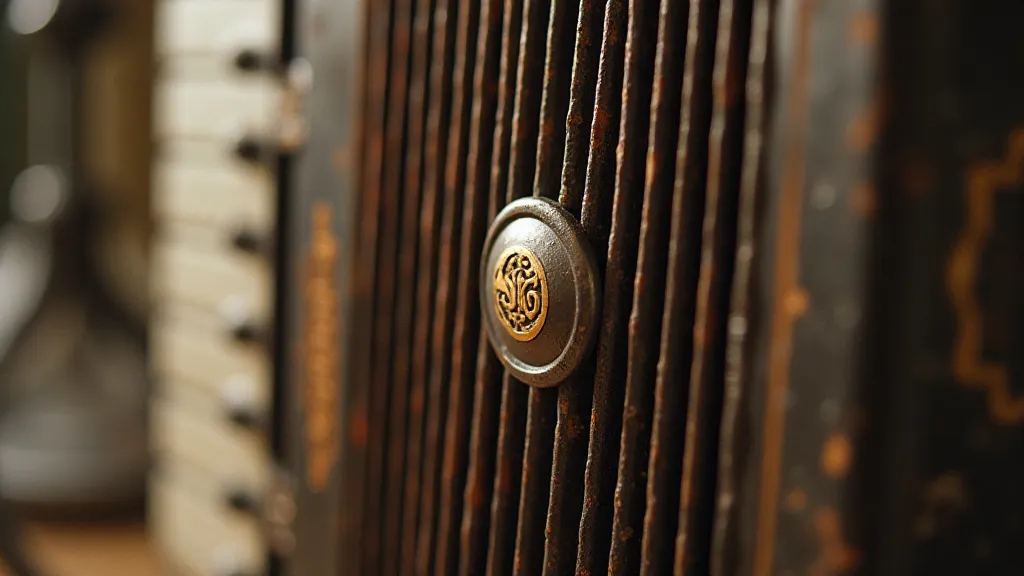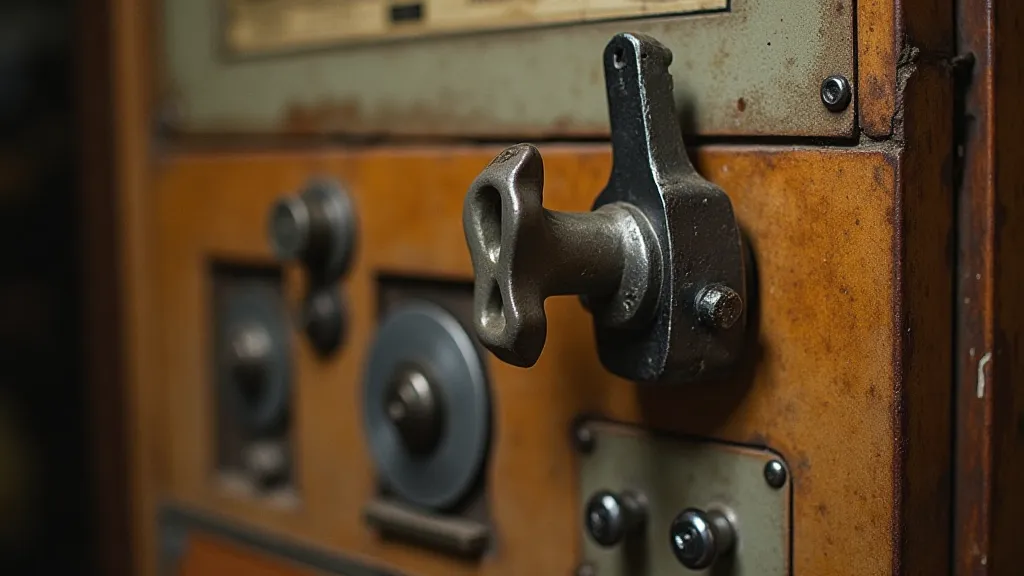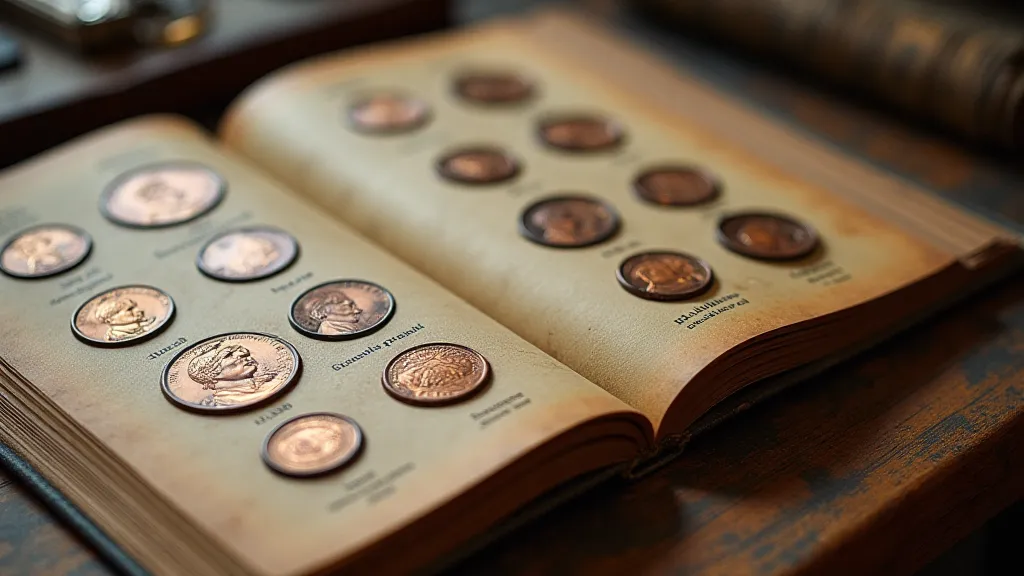The Pressed Penny Palimpsest: Layers of History in a Single Coin
There's a particular scent that clings to old things – a dry, papery aroma mixed with the ghost of something handled and cherished. I first encountered it as a child, exploring my grandfather’s attic, surrounded by forgotten treasures. Amongst the dusty photo albums and antique tools, he had a small box of pressed pennies. They weren’t particularly rare, mostly designs from roadside attractions, but they held a weight, a tangible link to his own childhood adventures. He explained, with a twinkle in his eye, that each penny represented a memory, a snapshot of a place visited and a moment shared.
Now, decades later, I find myself equally captivated by these humble coins. More than just souvenirs, pressed pennies are miniature palimpsests – layers of history and design artfully intertwined. A palimpsest, originally referring to ancient manuscripts where older writing had been scraped off to make room for new text, perfectly describes the fascinating phenomenon that occasionally occurs in pressed penny design. It's not simply about the image stamped onto the penny; it's about what lingers beneath, what echoes from previous iterations.

The Evolution of Designs: From Buffalo to Bison
Consider the evolution of the bison designs, a particularly common and beloved pressed penny subject. Early designs, dating back to the 1940s and 1950s, often featured a majestic buffalo, typically rendered in a somewhat stylized, almost cartoonish manner. These were popular at national parks and roadside attractions. As tastes changed, and as more accurate depictions of bison became available, the designs were updated. But here’s where the palimpsest effect enters the picture. Sometimes, the new design incorporated elements from the old. You might find a slightly altered profile, the same general pose, or even a lingering hint of the older, more simplified features, subtly blended into the new version. It's like the ghost of the previous design refuses to be completely erased, leaving a fascinating clue to the evolution of public perception and artistic interpretation.
The appeal isn't just in the final product, but in the journey of creation. Early pressed penny machines were marvels of mechanical ingenuity, often hand-operated and relying on precisely carved dies. These dies, the heart of the operation, were expensive to produce, so machine operators would often reuse them, modifying them slightly to accommodate new designs or extend their lifespan. This, in itself, contributed to the palimpsest effect. A slightly worn die from one design might be reworked to create a similar design, resulting in subtle variations and unintentional echoes of the original.
Craftsmanship and the Impermanence of Souvenirs
The beauty of pressed pennies also lies in their inherent impermanence. These weren't intended to be enduring works of art; they were fleeting souvenirs, meant to be enjoyed and then often discarded. They were mass-produced, often lacking the meticulous detail of numismatic coins. This lack of permanence doesn’t diminish their value, however; it amplifies it. They serve as poignant reminders of specific times and places, ephemeral connections to a past that might otherwise be lost.
Think about the labor involved, even in their simplicity. The die maker, painstakingly carving the image into steel, the machine operator adjusting the pressure to achieve the perfect impression, the child excitedly handing over the penny for a memory—each contributed to the story contained within that small circle of metal. The quality of the dies varied greatly; some were clearly the work of skilled artisans, exhibiting sharp detail and a sense of artistry, while others were crude and poorly executed. These variations contribute to the collecting interest, adding another layer to the story each penny tells.

Rarity and Restoration: Respecting the History
The rarity of certain pressed penny designs is often linked to their short production runs or geographical limitations. Designs tied to specific attractions that have since closed are particularly sought after. For example, pennies from defunct amusement parks or roadside attractions can command significant premiums. But rarity isn’t everything. A well-worn penny with a fascinating history can be just as valuable, if not more so, than a pristine example.
When it comes to restoration, a delicate balance must be struck. While cleaning a severely corroded penny can reveal its original design, aggressive cleaning can also damage the surface and erase subtle details. The goal should always be preservation, not perfection. Many collectors prefer to leave their pennies in their original, as-found condition, believing that the wear and tear tell a story of their own. Trying to 'perfect' a pressed penny is often a disservice to its history – it's the imperfections that make them uniquely captivating.
The Continuing Legacy: A Palimpsest of Americana
The tradition of pressed penny collecting continues today, albeit in a different form. Modern machines are more sophisticated, and designs are often more intricate. However, the underlying principle remains the same: capturing a memory, creating a souvenir, and preserving a moment in time. And just as the palimpsests of ancient manuscripts reveal the evolution of language and culture, so too do pressed pennies offer a unique window into the history of Americana.
They are tiny, humble artifacts, yet they contain a wealth of information. They tell stories of travel, leisure, and the enduring human desire to mark our experiences. They are a testament to the ingenuity of machine operators, the artistry of die makers, and the simple pleasure of collecting. And, perhaps most importantly, they remind us that even the smallest objects can hold the weight of history—a tangible palimpsest of layers of time, waiting to be discovered and appreciated.






